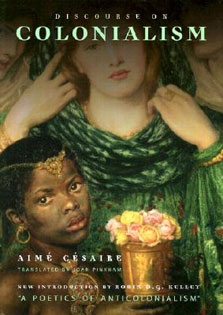Explores the development of the Chinese martial arts novel.Martial arts fiction has been synonymous with popular fiction in China from the Qing...
Read more
dynasty on. This book, the first to trace the early development of the martial arts novel in China, demonstrates that the genre took shape nearly a century earlier than generally recognized. Green Peony (1800), one of the earliest martial arts novels, lies at the center of a web of literary relations connecting many of the significant genres of fiction in its day. Adapted from a drum ballad, Green Peony parodies both previous popular fiction and the great Ming novels, generating humorous reflection on their values. By focusing on popular fiction and popular culture, Margaret B. Wan argues for the relevance of genre to literary criticism, the convergence of “popular†and “elite†fiction in the nineteenth century, and a general turn from didacticism to entertainment. Literary scholars, historians, and anyone who wishes to know more about Chinese popular culture in the Qing dynasty will benefit from reading this book.“[Wan’s] meticulous efforts give us illuminating readings of some little-studied novels, shed light on an important stage in the development of narrative on martial themes, and, perhaps most important of all, elaborate our understanding of the formal, thematic, and social fabrics of narrative practice in late imperial China.†— T’oung Pao“…Wan’s book is a very welcome addition to the growing corpus of studies of the final century of Chinese late-imperial literature. Its careful research covers areas of popular literature and manuscript culture that are often overlooked in studies that deal solely with published (and easily available) editions of texts.†— Chinese Literature: Essays, Articles, Reviews“…Wan has written the first monographic study of martial art–type fiction as a literary genre … Drawing on little-known and hard-to-access martial arts novels and using sophisticated theoretical frameworks drawn from Bakhtin (The Dialogical Imagination, 1975) and scholars of metafiction, Wan offers us a wealth of insights into the interaction between the oral and dramatic arts and their textual derivatives, and offers a new way of understanding the interaction between ‘folk’ and ‘literati’ narratives in the case of Chinese fiction.†— Asian Ethnology
Hide more




